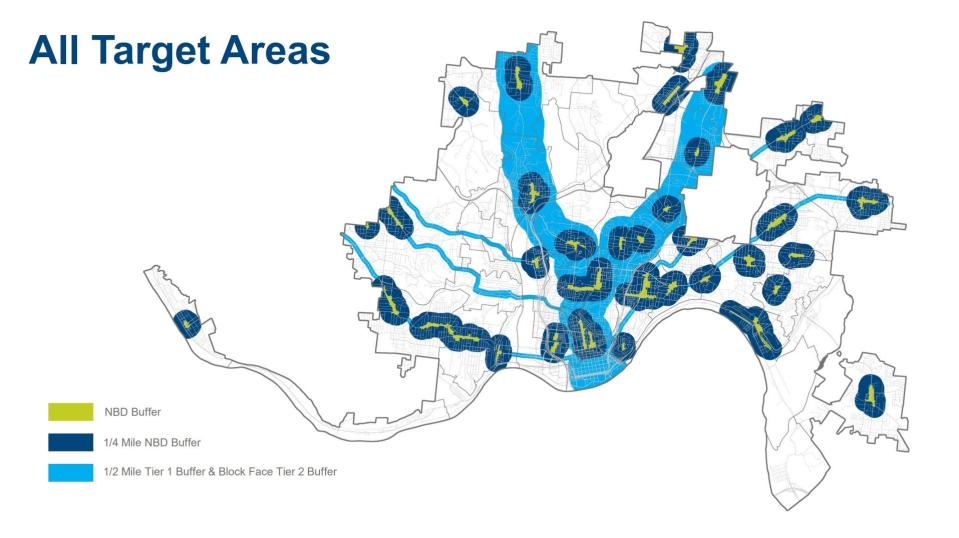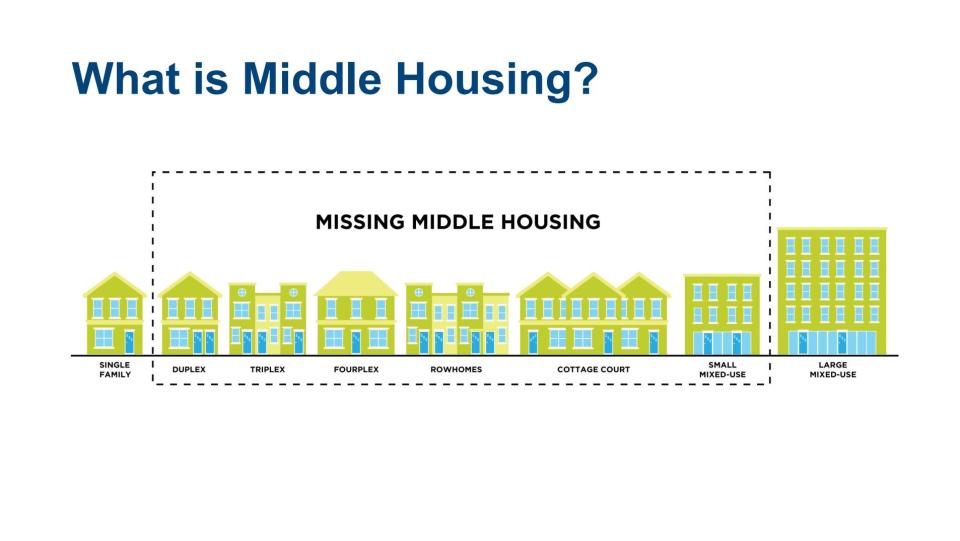Cincinnati proposes zoning law overhaul to spur housing boom, lower rents citywide
The city of Cincinnati wants to make it easier to build housing.
Most critical to the city's housing shortfall is what Mayor Aftab Pureval called the "missing middle:" residences between single-family homes and large mixed-use projects. The city wants to make it easier for the private sector to build some new and renovate existing buildings to create more duplexes, rowhouses and small mixed-use developments with residential units.
If the city gets it right, Cincinnati housing will become more affordable for buyers and renters alike − and will retain and gain residents critical to building its economy and future.
On Monday, city leaders rolled out what could be the first significant update to the city's zoning code in 20 years, a plan they say will make it easier to build housing near transit routes and business districts.
Broadly, the changes will allow higher-density residential areas.
Pureval and City Councilman Reggie Harris are leading the effort on what's being called "Connected Communities." They say more housing would lower rents throughout the city, paving the way for new residents and preventing current residents from leaving.
The Enquirer reported earlier this month the median asking rent − or the rental price listed by the landlord − for a one-bedroom apartment in the Cincinnati area is $825, according to Dwellsy, an online apartment search platform.
Pureval said the change is needed to spur more housing options in the city.
"Because our zoning code is incongruent with the housing needs of our city it slows down the process... (and) we make it more expensive," Pureval said. “As a result, our housing production has slipped significantly, despite the fact the population has grown over the last 10 years. In some communities, we’re actually losing housing.”

Why should you care?
The plan makes it easier to build housing in and near the city's 39 recognized business districts and major transit routes. Under the plan, developers would be able to build more units in less space, with fewer required parking spaces, which makes it more cost-effective for them to do projects.
But don't panic. Things won't look that much different
Setbacks aren't being changed. Buildings can only be one story higher than previously allowed and there are new rules that will require landscaping.
What about historic areas?
Preservation rules, as they do now, will still trump zoning law.
What about affordable housing?
This may provide more affordable housing, but it's not intended as an affordable housing program. The city is still working on that in other ways, but this plan does not include requirements that developers include affordable housing options. City officials say by building more housing, rents for everyone will go down.
Pureval did say during the press conference, however, that another goal of changing the zoning code will be to curb displacement due to growth and rising rents as well as to promote housing choice for everyone in all neighborhoods.
"Success for us would be throughout the city having more housing options (at) different prices so that we are not concentrating poverty and our zoning does not contribute to the racial segregation that we're seeing here today."

Didn't the city already do this?
Nope. That plan, two years ago, died on the floor of city council. Residents said they were blindsided and not given enough information. So Pureval and Harris have spent the last two years going community to community to get input and share information about the plan.
You can still have a say
The plan is being rolled out Monday in a press conference. But the proposed laws aren't even written yet. The timeline allows for hearing, more public input and changes if needed. The plan is to vote on the plan before summer recess begins July 1. See dates and times for upcoming community engagement events near you here.
Will it pass?
It's too soon to say. The plan has to go before Cincinnati Planning Commission and will get a council vote. It was so contentious last time, council members are likely to gauge how citizens feel before committing his or her support.
Yes, but how does it affect ME?
The city plans to release an internet portal where people can type in the address and see any changes that would be allowed near where they live.
Enquirer reporter Randy Tucker contributed to this report.
This article originally appeared on Cincinnati Enquirer: Cincinnati's long-awaited zoning overhaul: what you need to know

